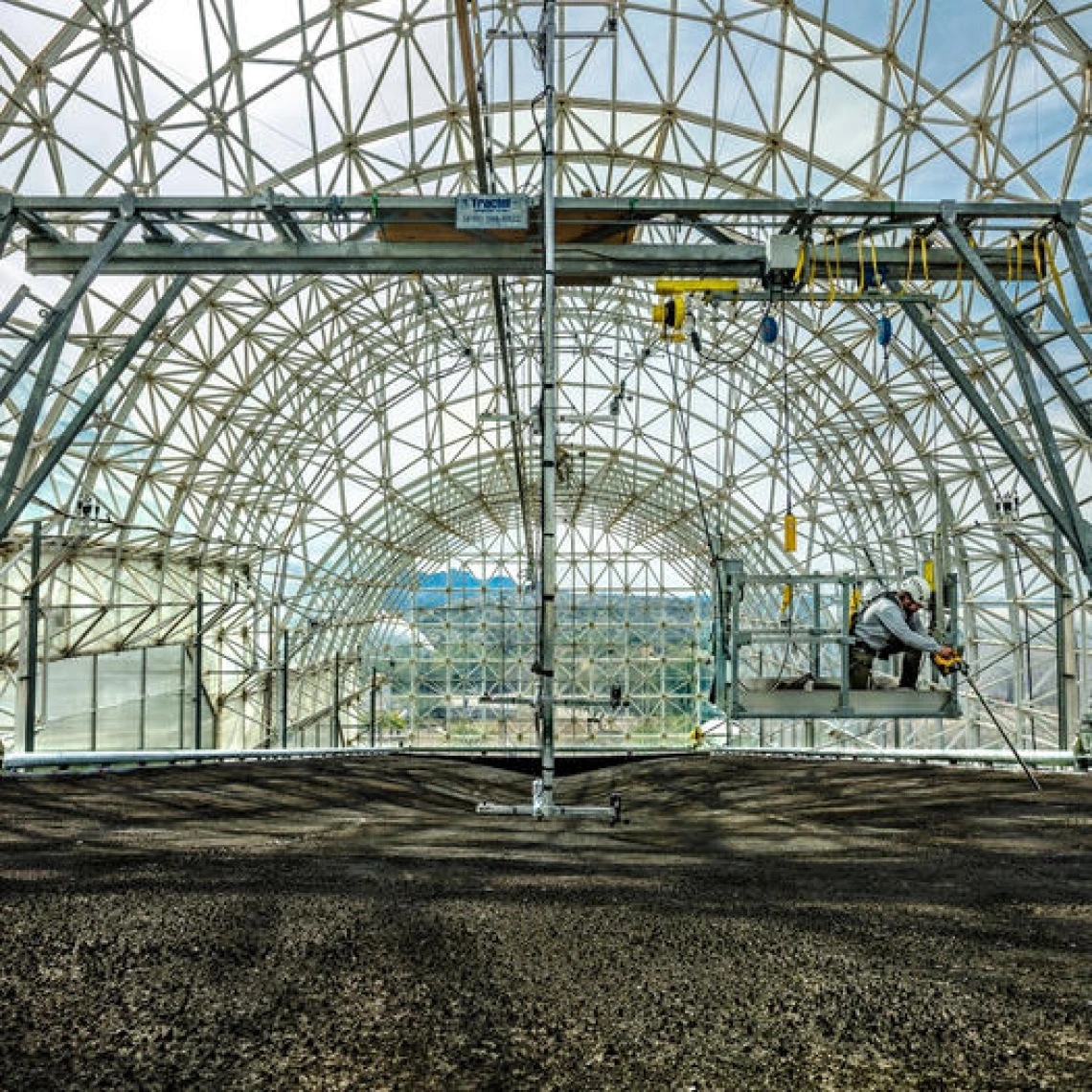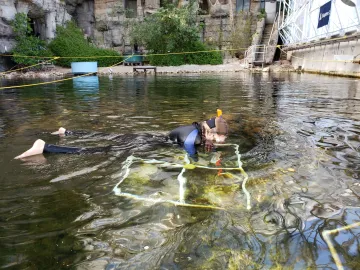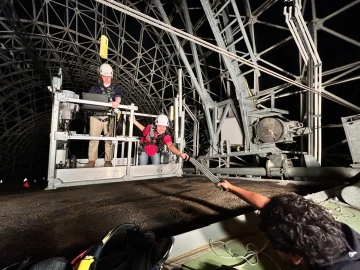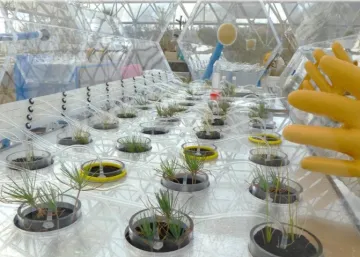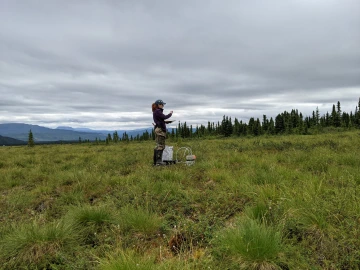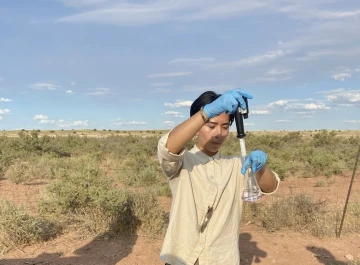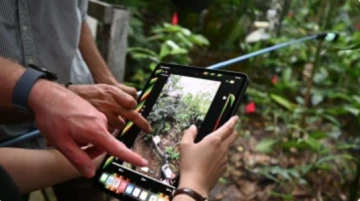REU Projects
At the University of Arizona, we are building a program to bridge the gap between laboratory- and field-scale studies by utilizing the unique infrastructure of Biosphere 2. Biosphere 2 offers unique opportunities for the exploration of complex questions in Earth sciences because of its ability to combine varying scales, precise manipulation and fine monitoring in controlled experiments. By building upon the large external scientific network at the University of Arizona in hydrology, geology, geochemistry, ecology, biology, physics, engineering and atmospheric sciences, we are developing a strong multidisciplinary team of researchers who are undertaking the design and deployment of top-notch science to address complex questions in environmental sciences. Projects for 2026 REU students include:
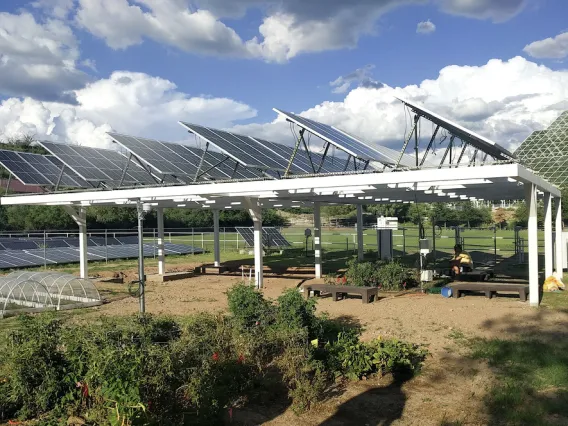
Ecosystem Science, Renewable Energy Production, Food, and Water Sustainability
Greg Barron-Gafford, Dept. of Geography and Development, and Biosphere 2. External forces (like environmental and human factors) and internal characteristics (like plant ecophysiology) determine where species can live and thrive. This nexus is critical for tackling one of the greatest challenges facing our future - how to simultaneously maximize renewable energy production and food production without degrading the environment. The "Agrivoltaics" installation at B2 blends renewable energy production from solar photovoltaics with agriculture to study the impacts of this novel approach on plant function, water use, and biomass production.
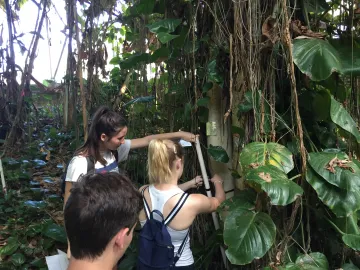
Tropical Forest Dynamics and Trace Gas Fluxes
Joost van Haren, Biosphere 2. Tropical forests are among the most dynamic ecosystems in the world, but their responses to climate change are uncertain. B2 provides an opportunity to study tropical ecosystems under future conditions (increased temperature, decreased precipitation); the large enclosure and artificial rainfall allows precise determination of water and carbon movement through the biome. Students use the B2 tropical forest to assess plant, hydrological, and carbon cycling responses to altered temperature and precipitation.
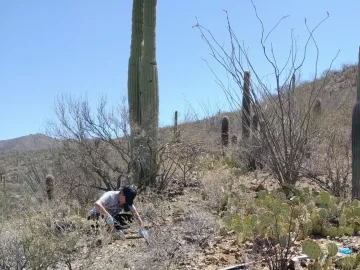
Microbial-organic matter interactions and controls in dynamically changing systems
Malak Tfaily, ENVS. My research interests revolve around terrestrial interactions of geochemical and biological processes, at multiple scales (pore-to-ecosystem scale) and the resulting impact on the whole ecosystem. We use a combination of modern analytical molecular (high resolution mass spectrometry, etc.), geochemical (wet chemistry and gas flux), and isotopic techniques (natural abundance, and isotope enrichment) to answer where and how organic matter degradation and formation takes place in different ecosystems. Students would couple field work and laboratory studies to understand and examine the direct relationship between organic matter composition, the activity of the biological community, the geochemical signature of the activity and how that signature may translate between environments.


